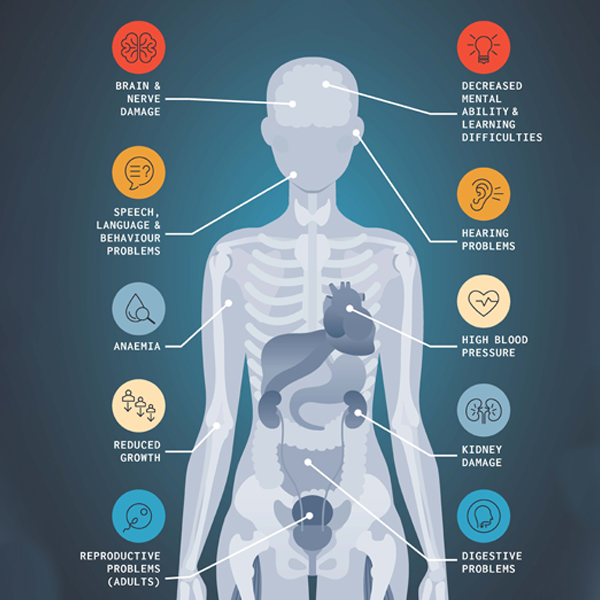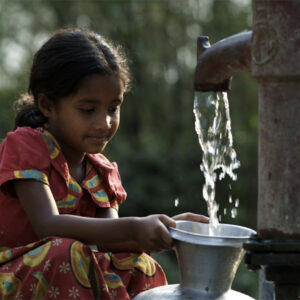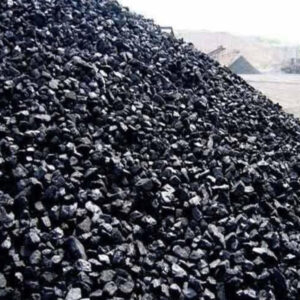Description
In the Indian scenario, there is an urgent need to develop mechanisms for collecting Pb scrap for scientific reprocessing in an eco-friendly manner to achieve a pre-eminent quantity of recovered Pb. Developing cost-effective and long-lasting technologies for recycling activity is essential. Central Pollution Control Board (CPCB) and State Pollution Control Board (SPCBs) should organize awareness programs for Pb recyclers to handle, collect, and scientifically recover the Pb scrap. The organized Pb recycling sectors have pollution controlling equipment in practice and use environmentally pleasant processes.It is vital to use effectual control measures in Pb recycling plants, like workers’ health, environmental hazards, high-quality plant design, etc. Nowadays, developing advanced novel smelting processes is eco-friendly and much more efficient than open furnaces.Overall pollution control measures and treatment options need to be applied thoroughly, predominantly for those where these are retained mostly within the plants. To avoid occupational Pb exposure, it is necessary to take other control measures like air quality improvement methods, health inspection, protecting the equipment, and excellent hygienic practices. The informal recycling sector, with a lack of knowledge about the toxicity of Pb is mainly responsible for Pb poisoning in many countries (Gupta, 2014).Manufacturing industries are the foremost user of Pb based byproducts which cause Pb penetration into the environment. The major sources include Pb traces during the manufacturing process, and final products. Therefore, the policy maker must introduce the concept of life cycle assessment (cradle to grave) prior to the implementation of the project to understand the long-term impact of Pb on natural biota. Beside this, field-scale mitigation and precautionary measures have to be taken into consideration for Telecom industries manufacturing Pb acid batteries (Matte et al., 1991). It will be vital that Government and Private sectors work together on the possibility of Pb exposure reduction, which creates a considerable disease burden. A growing country like India cannot afford such high levels of morbidity and mortality. All stakeholders starting from Government to private sectors/community need to be aware of the looming danger of Lead contamination related health impacts and work together to address it holistically.



